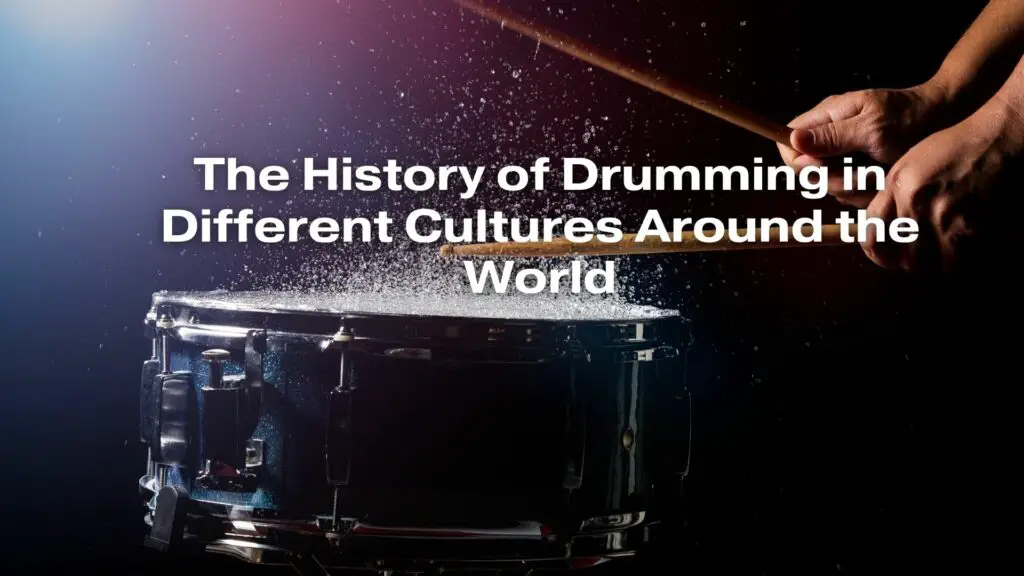Drumming is a universal form of musical expression, and its history spans across cultures, continents, and centuries. The beat of a drum has been a powerful force, not only in music but also in rituals, ceremonies, and everyday life. In this article, we will explore the rich history of drumming in different cultures around the world, shedding light on the diverse ways in which this instrument has been used and evolved.
1. Africa: The Birthplace of Rhythm
Africa is often considered the cradle of drumming, with a history dating back thousands of years. Various African cultures have developed a wide array of drums, each with unique shapes, sizes, and purposes. Drums have been used in communication, as tools for storytelling, and as a vital part of spiritual and ceremonial rituals.
2. Asia: From Taiko to Tabla
Asia boasts a rich tapestry of drumming traditions. Japan’s Taiko drums are renowned for their thunderous power and are an integral part of traditional festivals and performances. In India, the Tabla is a complex percussion instrument that accompanies classical music and dance, creating intricate rhythms and patterns.
3. Middle East: The Pulse of Ancient Civilizations
Drums have played a crucial role in the Middle East for centuries. The darbuka, or goblet drum, is a prominent instrument in Arabic music, and the rhythms it produces are the backbone of traditional Middle Eastern music. Drums have also been used in sacred rituals and storytelling within the region’s rich cultural history.
4. Native America: The Heartbeat of Tradition
In Native American cultures, drums have been central to spiritual ceremonies, tribal gatherings, and storytelling. The Native American drum is often seen as the heartbeat of the community, connecting people with their ancestors and the natural world.
5. Oceania: The Traditions of the Pacific Islands
The Pacific Islands have their unique drumming traditions. The slit drum, made from hollowed-out logs, is an essential instrument in many island cultures. It is used for communication, ceremonies, and celebrations.
6. South America: The Rhythm of the Rainforest
The Amazon rainforest is home to indigenous communities with their distinctive drumming traditions. Drums like the maraca, conga, and cajón are used in the music of Latin America, blending indigenous and African influences. These rhythms have become a vital part of Latin American culture and are also integral to salsa, samba, and other dance styles.
7. Europe: Drums in Western Music
While Europe is not as known for its drumming traditions, drums play a significant role in Western music. The snare drum, for example, is an essential part of military bands and classical orchestras. Drum kits have been widely used in rock and pop music, influencing the global music scene.
8. The Modern Drum Kit: A Global Fusion
The modern drum kit, with its combination of various drums and cymbals, is a product of cultural fusion. It incorporates elements from African, Asian, and European traditions and has been central to the development of jazz, rock, and many other contemporary music styles.
Drumming has evolved and adapted to the unique cultural and musical landscapes of different societies. The beat of the drum transcends boundaries, making it a universal language that connects people across the world. In this way, the history of drumming represents a rich tapestry of human expression and creativity that continues to evolve and inspire.


